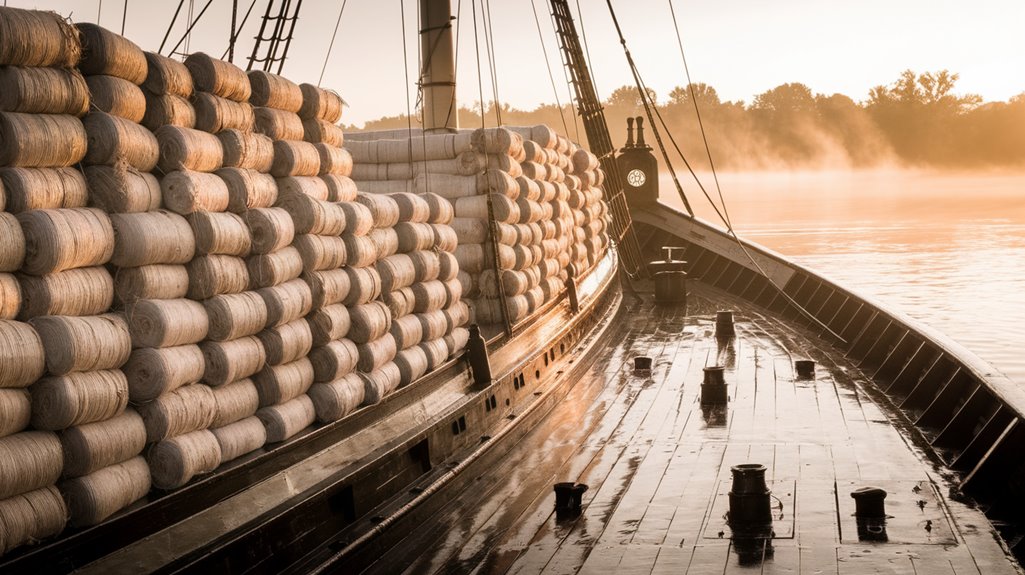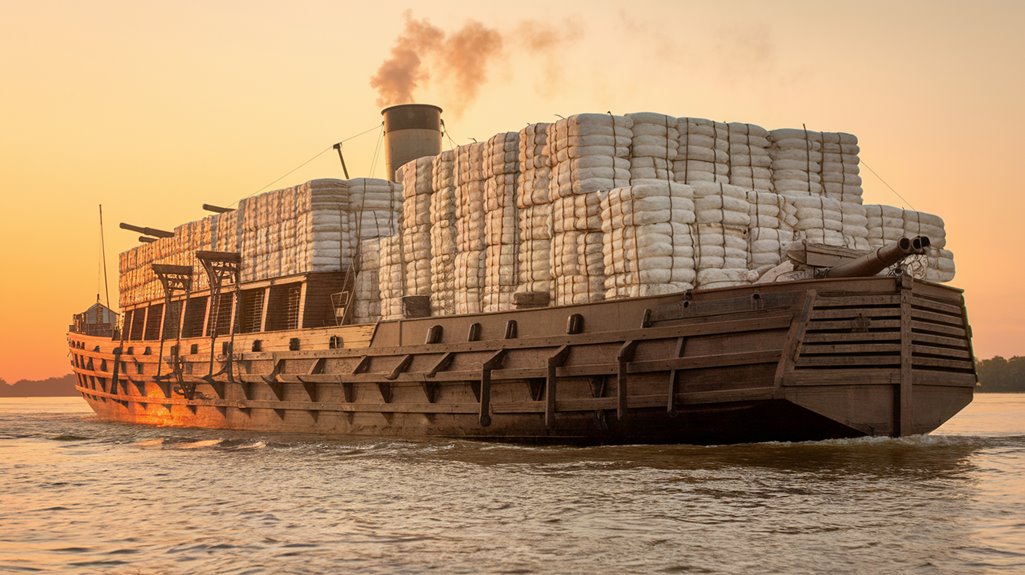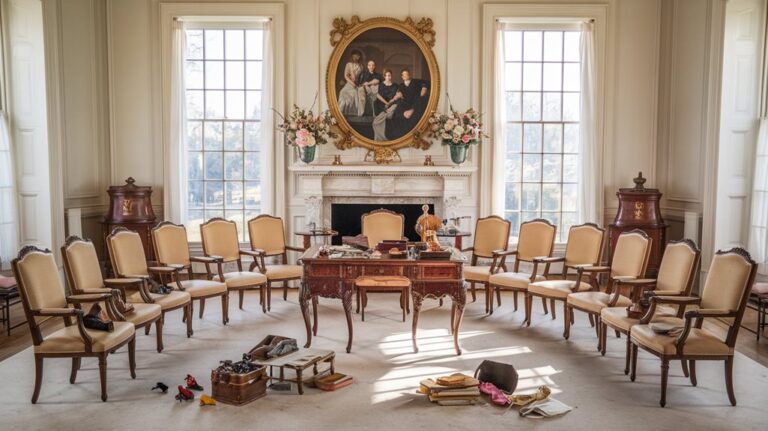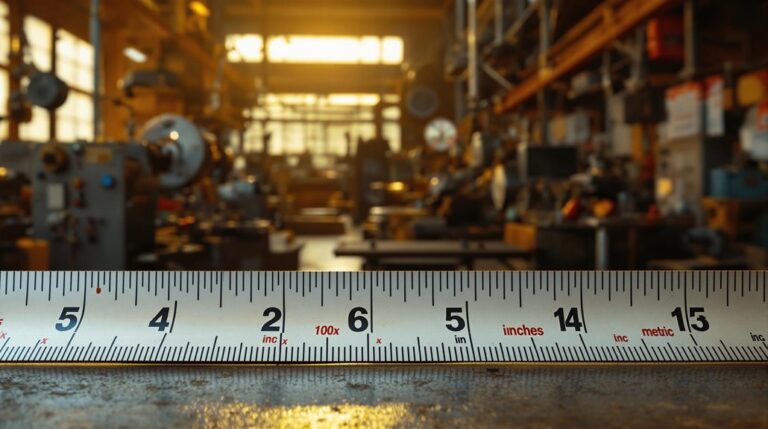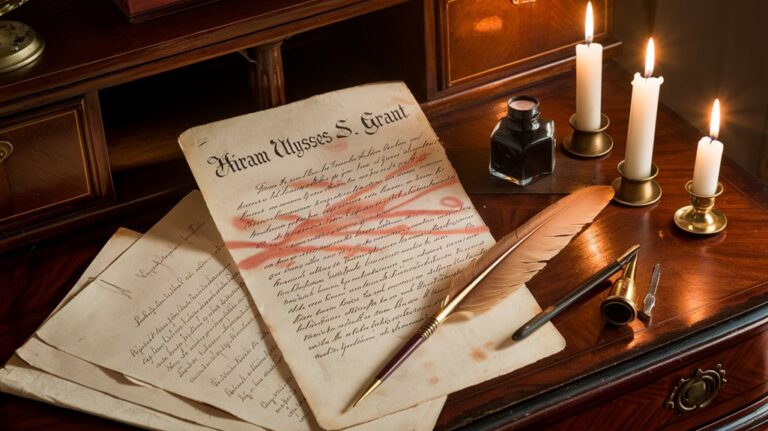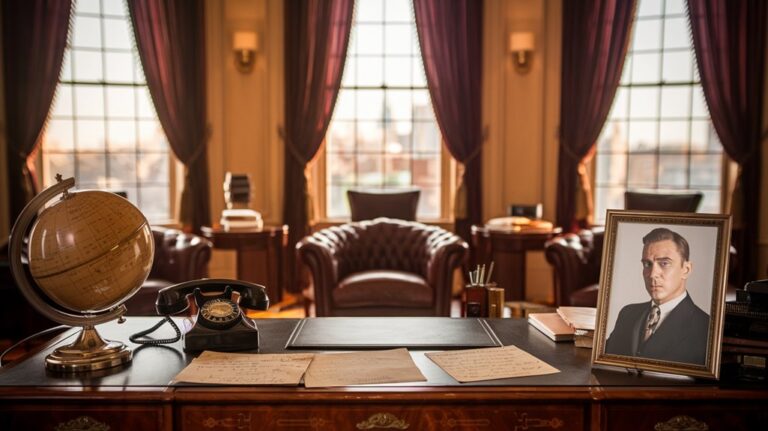Some Confederate Ships Used Cotton Bales as Armor
While the North had its ironclads, the South turned to a surprisingly soft material for naval warfare: cotton bales. You'll find it hard to believe that Confederate ships actually used tightly compressed cotton as protective armor during the Civil War. When metal and traditional materials ran scarce, Southern engineers had to get creative. Their ingenious solution proved both resourceful and risky, setting the stage for one of the most unusual chapters in naval warfare history.
The Rise of Cottonclads in the Civil War
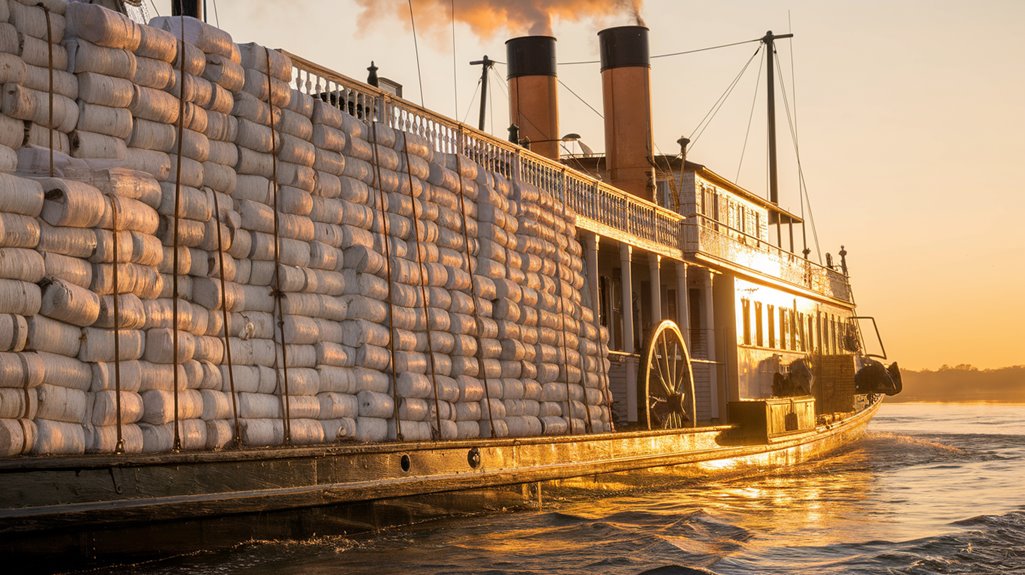
Several Confederate naval vessels during the Civil War emerged from a creative solution to limited resources – the cottonclad warship.
You'll find these vessels were created by converting existing river and coastal steamers, lining them with compressed cotton bales to absorb enemy fire. Despite their makeshift nature, cottonclad effectiveness proved notable in several battles, particularly at Galveston where they helped retake the port. These ships were primarily designed for shallow water operations.
As a naval strategy, these vessels would charge at full steam toward enemy ships, relying on cotton barriers and sharpshooters hidden behind the bales. The cotton bales were secured with iron to prevent them from shifting during combat.
While they couldn't match Union ironclads in firepower or protection, cottonclads offered the Confederacy a quick way to field armed vessels. Ships like the CS Bayou City and CSS Josiah H. Bell demonstrated the adaptability of Southern forces despite their industrial limitations.
How Cotton Bales Protected Naval Vessels
Confederate naval engineers devised an innovative armor system using 500-pound cotton bales stacked three layers high along ship sides. The cotton bale construction included additional rows placed flat behind the first layer, secured with iron straps to the bulwarks. Railroad iron rails strengthened the protective armor system further.
Heavy timbers reinforced the structure while protecting sharpshooters positioned on makeshift platforms above. Many Confederate cotton clads were equipped with underwater ram beaks designed to sink enemy vessels.
While this naval warfare tactic proved effective at absorbing enemy gunfire, you'll find it wasn't without risks. The cotton could catch fire from artillery shells, leading engineers to develop compressed bales with wooden bulkheads as a solution.
Union forces adapted the technique by using water-soaked bales to reduce fire hazards. Despite these challenges, the cotton armor allowed ships to approach enemy vessels while providing reasonable protection for the crew and essential ship components.
Notable Battles Featuring Cottonclad Ships
While Union ironclads dominated most naval battles, three significant engagements demonstrated both the potential and limitations of Confederate cottonclad ships.
At Galveston in 1863, you'll find the Confederates' most successful use of cottonclads, where their battle tactics of ramming and boarding helped capture the USS Harriet Lane and secure the port. The battle's success allowed the Confederates to maintain port control throughout the remainder of the Civil War.
The Battle of Plum Point Bend showed promise when Confederate rams damaged two Union ironclads, but they couldn't maintain their advantage. Confederate crews were strengthened by reinforcements from Thompson's forces before the battle.
At Memphis, you'll see how the strategic outcomes proved devastating for the Confederates when all eight of their cottonclad rams were destroyed or captured by superior Union forces.
In each engagement, the cottonclads' speed and cotton protection proved insufficient against the Union's heavily armored vessels.
Design Challenges and Combat Limitations
The design challenges of cottonclad ships directly impacted their battlefield performance and ultimate fate. Despite being creative design innovations born from necessity, these vessels faced severe limitations.
You'll find that cotton bales became dangerously heavy when wet, compromising ship stability and maneuverability. The cotton armor also provided insufficient protection against enemy firepower, leaving crews vulnerable to attack. This was demonstrated when the CSS Neptune sank after taking heavy fire from Union vessels during the Battle of Galveston. The Confederacy's desperate need for naval vessels emerged as the Union blockade severely restricted their maritime trade and resources.
These tactical disadvantages meant cottonclads could only operate effectively in specific conditions, usually shallow waters where ironclads couldn't follow.
When you consider the Confederacy's resource limitations and lack of standardization in construction, it's clear why these ships struggled. They'd often have to rely on risky strategies, like charging at full speed toward enemy vessels, because their defensive capabilities were so limited compared to iron-armored ships.
The Legacy of Confederate Cotton Armor
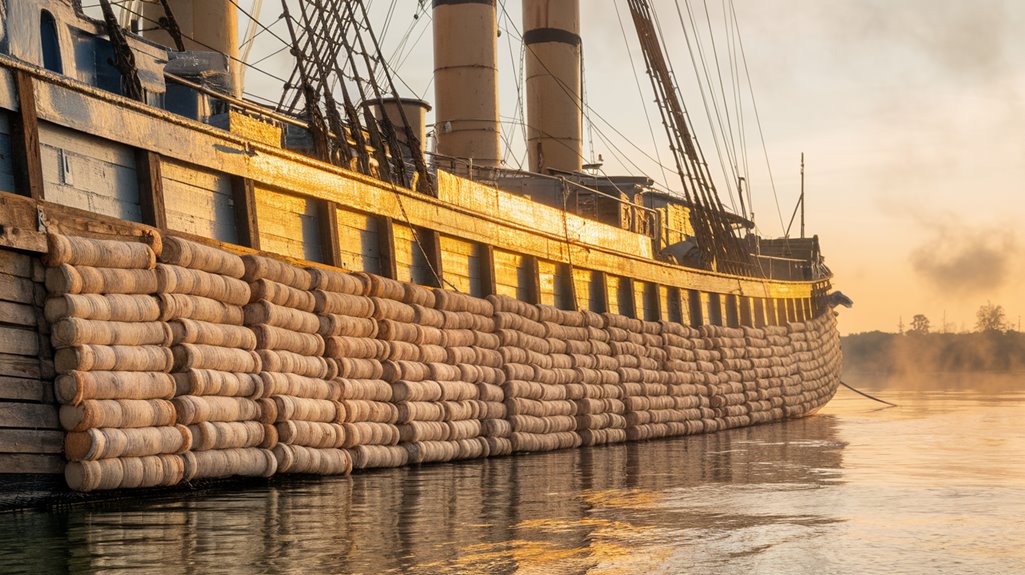
Despite their eventual obsolescence, cottonclad vessels left an enduring mark on naval warfare history by showcasing Southern ingenuity during material shortages.
Sharpshooters behind bales became their primary offensive weapon. You'll find their legacy in how they transformed the cotton industry's most valuable commodity into a creative defense solution when traditional materials weren't available.
These vessels demonstrated remarkable naval innovation through their dual-purpose design. You can see this in how they appeared as ordinary cargo ships while concealing their military capabilities.
While they didn't survive the war, cottonclads proved that unconventional thinking could yield effective results. Their use of stealth and deception tactics influenced future naval strategies, and they remain a reflection of the Confederate Navy's resourcefulness.
Today, they're remembered as a unique example of adapting civilian materials for military purposes during wartime constraints.

